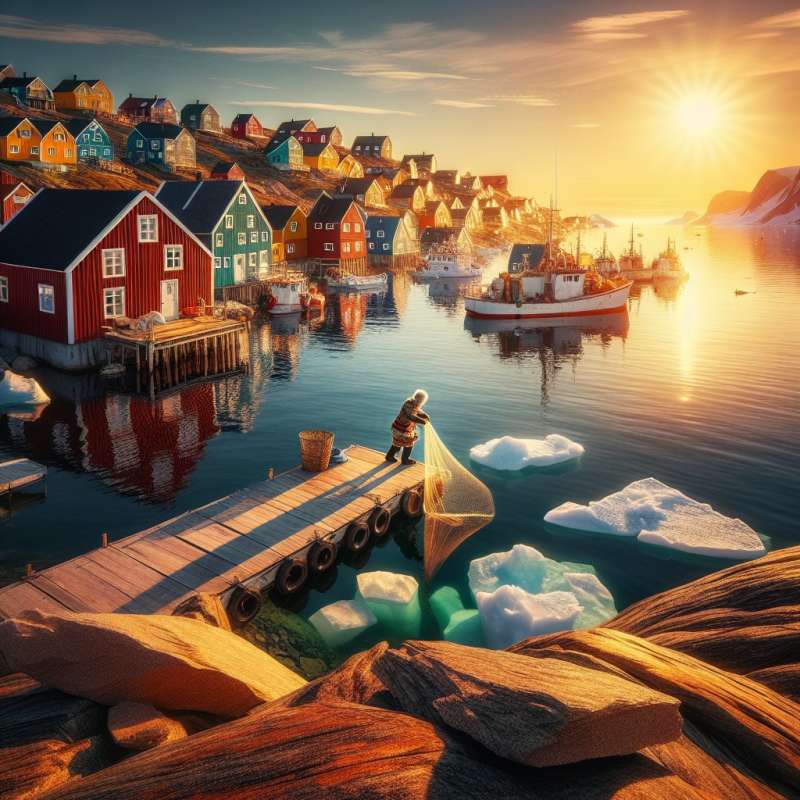
Greenland's Extreme Climate
Greenland experiences one of the world's most extreme climates. Despite its name, Greenland's surface is mostly ice, with the ice sheet covering approximately 80% of the island.
Temperature Variations
Temperatures in Greenland vary widely. Coastal areas can have mild temperatures, while the ice sheet interior stays below freezing year-round, with temperatures plunging to -50°C (-58°F) in winter.
Greenland's Warming Trend
Surprisingly, Greenland is subject to rapid warming. The Arctic region is warming twice as fast as the global average, causing significant ice melt and impacting global sea levels.
Midnight Sun & Polar Night
Greenland's northern position leads to natural phenomena: the midnight sun in summer, with 24-hour daylight, and polar night in winter, with continuous darkness, affecting temperatures drastically.
Impacts of Ice Melt
Greenland's ice melt contributes about 40% to current sea-level rise. The island's ice loss has increased sixfold since the 1980s, with profound implications for global climate patterns.
Nuuk's Climate Anomaly
Nuuk, the capital, has a unique climate, being located in a fjord. This topography leads to milder winters and summers compared to Greenland's interior, with temperatures occasionally above freezing.
Adapting to Cold
Greenlandic flora and fauna are adapted to the cold. Unique species, such as the Arctic willow, grow as ground-hugging shrubs to survive the extreme conditions, demonstrating nature's resilience.Rain in Greenland?
In 2021, it rained at Greenland's summit for the first time on record, signaling unprecedented climate changes in the Arctic.
What covers 80% of Greenland?
Forest and trees
Mountains and hills
Ice sheet
Company